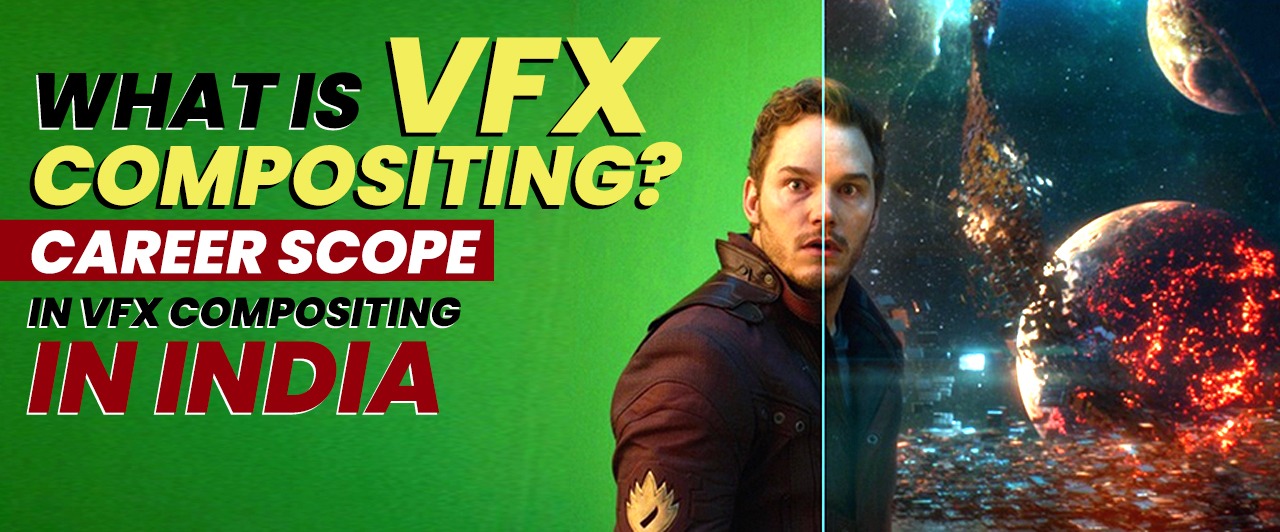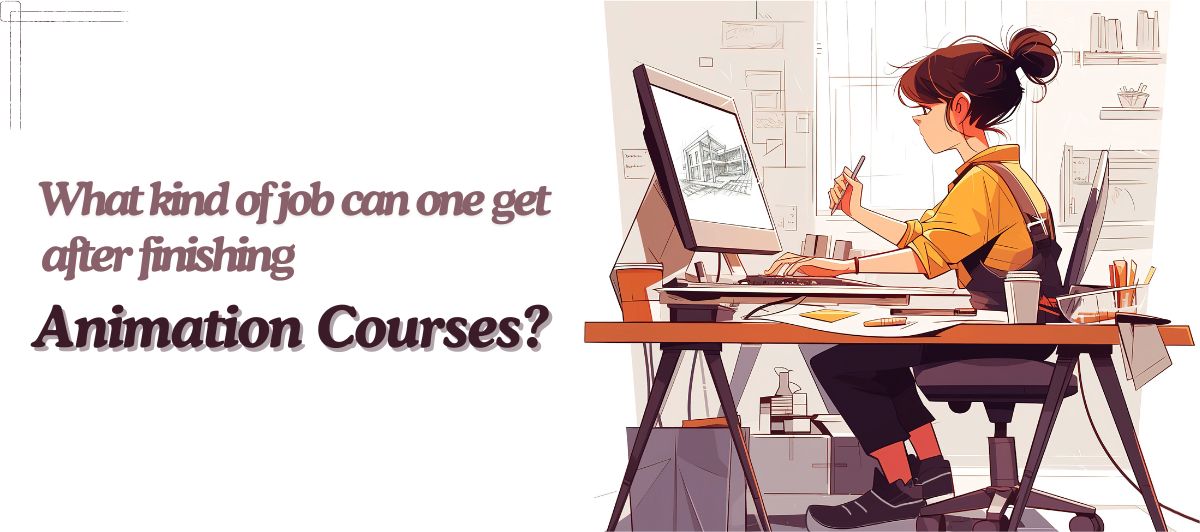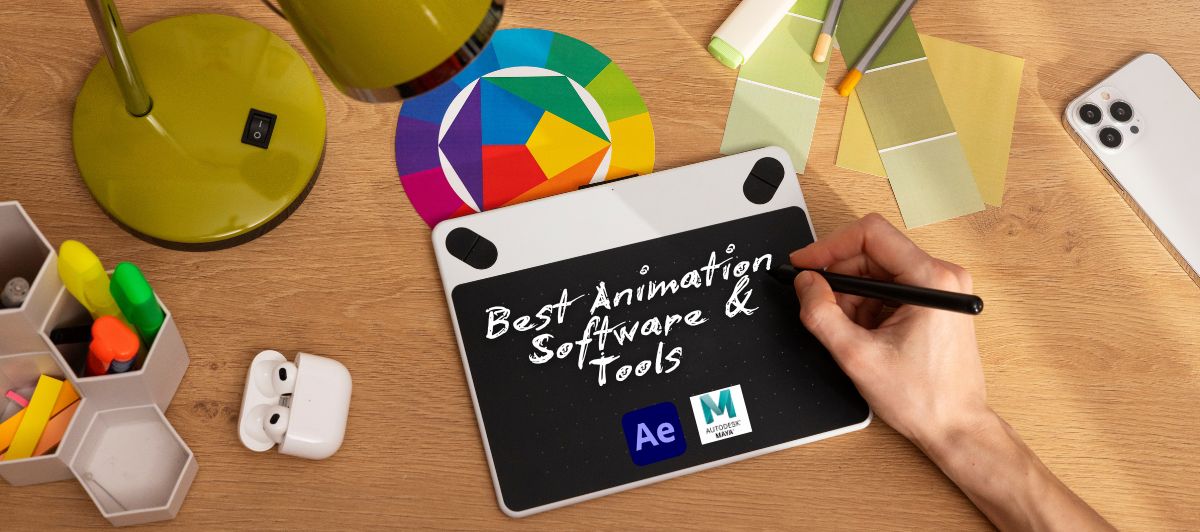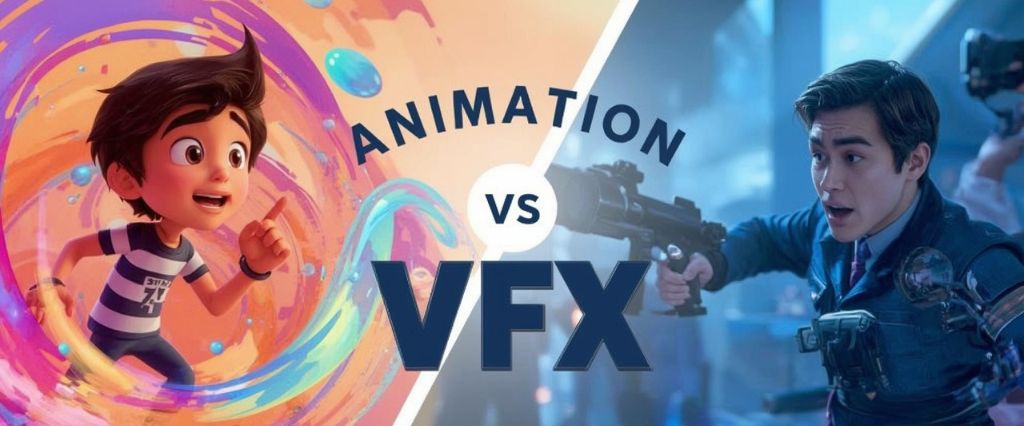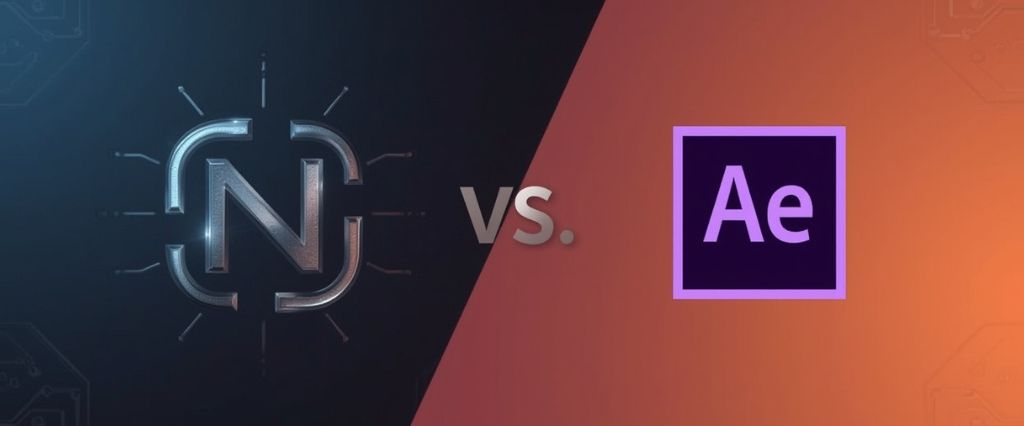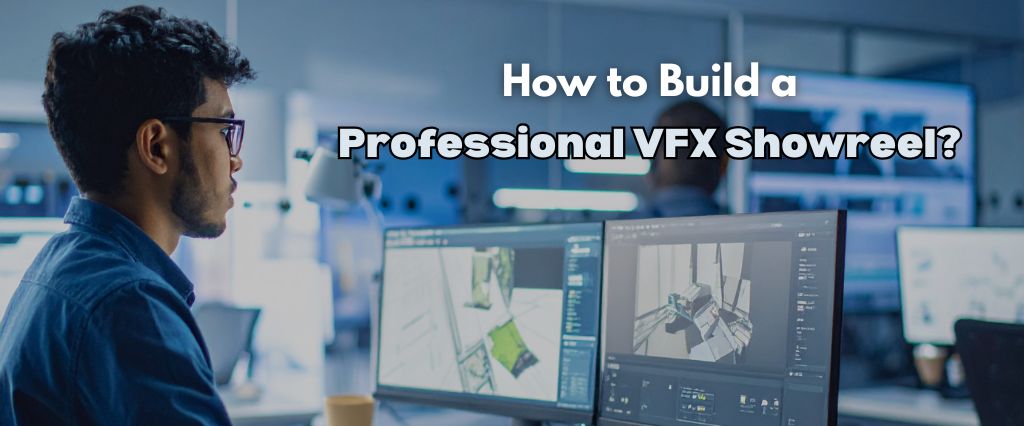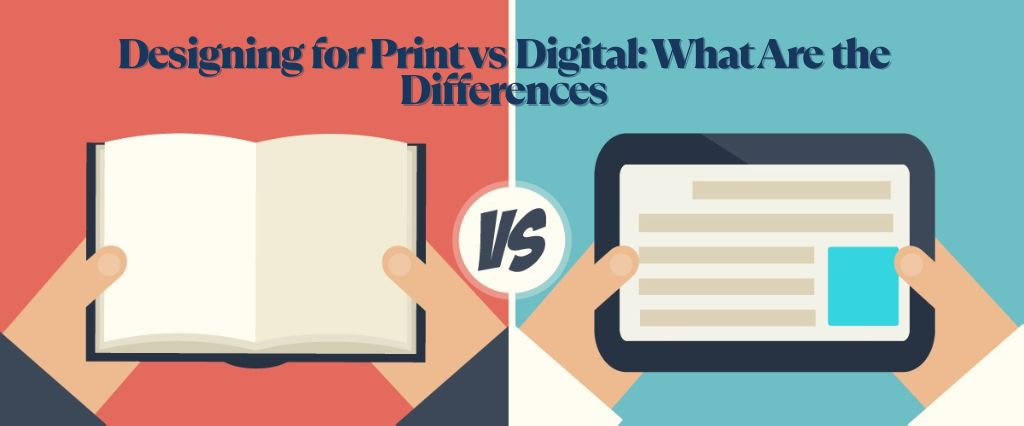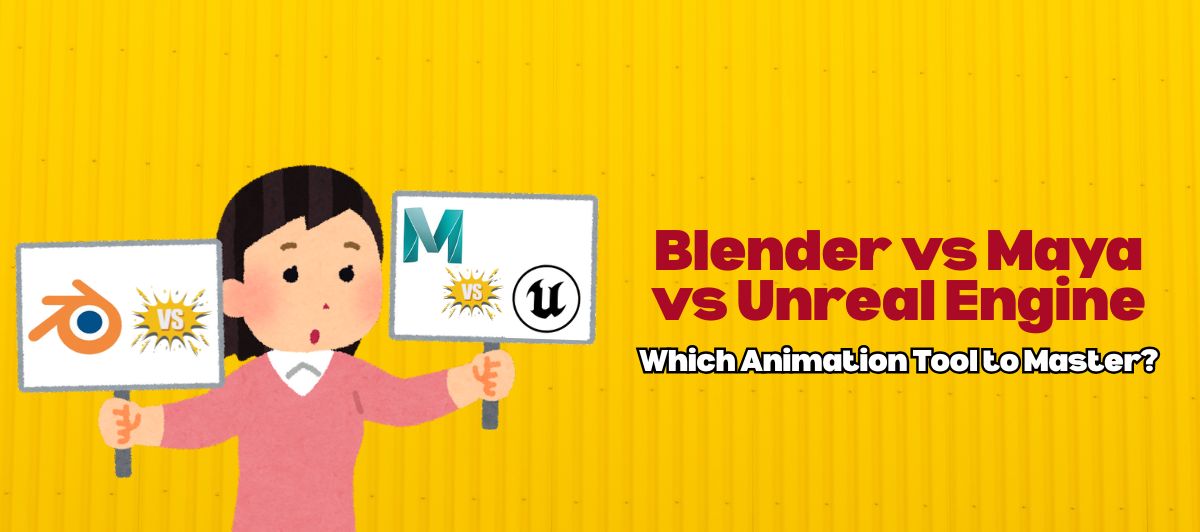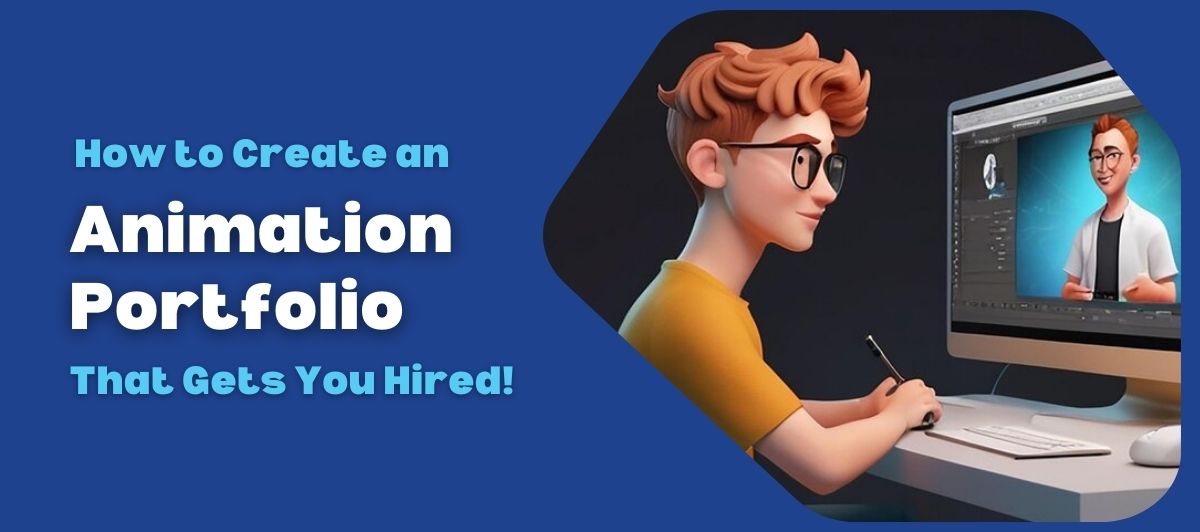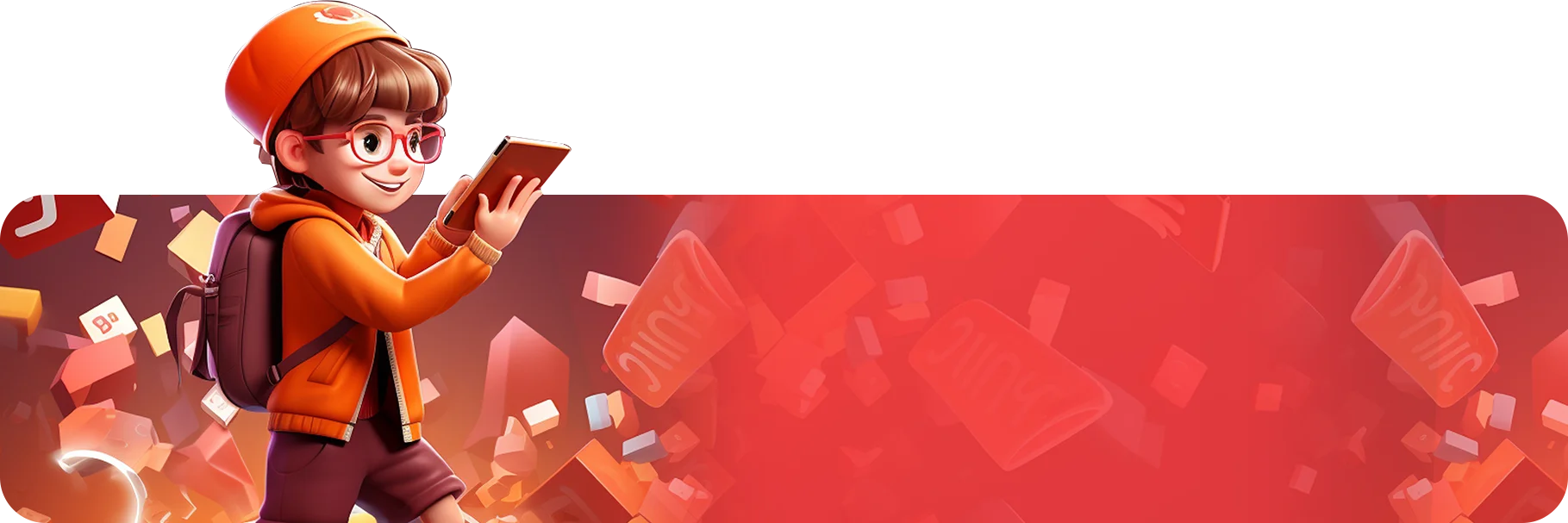What is VFX compositing and its career scope:
VFX compositing is a vital aspect of modern-day film-making, animation, and gaming industries where multiple elements are combined to create a final image that is both seamless and realistic. This technique is used to create a variety of visual effects, such as explosions, fires, explosions, weather effects, and other special effects that are too dangerous or impossible to film.
VFX stands for Visual Effects, and compositing is the process of combining various elements to create a seamless final image. In order to learn VFX, you must explore the basics of VFX compositing, the different techniques used in VFX compositing, and how VFX compositing has evolved over the years.
VFX compositing is the process of combining several elements, such as live-action footage, computer-generated imagery (CGI), and 2D and 3D animations, to create a single seamless shot. This process involves several steps, including pre-production, shoot, and post-production. In pre-production, the VFX team works with the director and cinematographer to determine what elements need to be added or removed from the live-action footage. In the shoot, the VFX team will capture all the elements needed for the final shot, such as green screen footage, reference plates, and 3D animations.
The VFX team begins the process of compositing, where they combine all the elements captured in the shoot to create a single seamless shot in post-production.
Growing Landscape of VFX Careers in Kolkata
VFX training in Kolkata is gradually growing in demand because of its numerous career opportunities. But, why should you have VFX as a career? The answer is simple — it is in its never-ending growing phase. For example, all the unbelievable scenes that you witness on the screen are due to VFX, a man disappearing into thin air or the appearance of mystical beings, and every other special effect is part of VFX post-production. So, these are never going to get demolished from movie or film scripts.
With blockbuster films like Bahubali, Ra One, and Robot — the Bollywood industry is at its booming potential. The success of these movies is due to the involvement of talented and creative Indian VFX artists. This transition has been noticed since the pandemic, and it is going to cover all the shortcomings that the animation industry has been facing to date.
So, let’s get to understand what VFX compositing is and why it is a popular career choice in India. In this blog, we’ll be exploring VFX compositing in-depth, covering its definition, the various techniques used, the software used, the various careers related to VFX compositing, the VFX industry in India and the salary structure of a VFX artist. If you are passionate about VFX, 2D and 3D elements, Film Making, Post production and creation of special effects, then you must learn visual effects by taking admission into the best VFX institute in Kolkata.
Definition:
VFX compositing refers to the process of combining elements from multiple sources to form a final image. This could include combining live-action footage with computer-generated imagery, matte paintings, and various other visual elements. The end goal of VFX compositing is to create a final image that appears seamless and believable to the audience.
Techniques:
There are several techniques used in VFX compositing, and some of the most common ones include:
1. Green Screen Compositing: This technique involves filming actors in front of a green screen, which is later replaced with a computer-generated background. This allows filmmakers to place actors in a digital environment that would be impossible to film in real life.
2. Matte Painting: This technique involves painting a 2D image that is used as a background in a shot. This image is then combined with live-action footage to create the final image.
3. 3D Compositing: This technique involves combining 3D elements, such as computer-generated characters, into live-action footage.
4. Motion Graphics: This technique involves adding animated graphics to live-action footage to create a final image.
5. Rotoscoping: This technique involves tracing an object in live-action footage, frame by frame, and replacing it with a computer-generated object.
Technology is ever-evolving, and so is the process of VFX compositing, so this ought to be the best career option at present. Other than this, Visual effects institutes like Arena Animation and Zee Education are also striving to teach students to learn VFX and the VFX course fees in Kolkata is also very reasonable.
Careers:
VFX compositing is a field with numerous career opportunities, and some of the most common ones include:
1. VFX Compositor/ VFX compositing artist: A VFX compositor is responsible for combining visual elements to create the final image.
2. 3D Artist: A 3D artist is responsible for creating 3D elements, such as characters and environments, that are used in VFX compositing.
3. Motion Graphics Artist: A motion graphics artist is responsible for creating animated graphics that are used in VFX compositing.
4. Rotoscoper: A rotoscoper is responsible for tracing objects in live-action footage, frame by frame, and replacing them with computer-generated objects.
5. Matte Painter: A matte painter is responsible for creating 2D images that are used as backgrounds in VFX compositing.
Software:
VFX compositing has evolved dramatically over the years, with advances in technology leading to new techniques and tools. One of the biggest advances in VFX compositing has been the development of 3D animation software, such as Autodesk Maya and Houdini. This software allows VFX artists to create photorealistic 3D animations and special effects that can be seamlessly integrated into live-action footage. Another important advance in VFX compositing has been the development of motion graphics software, such as Adobe After Effects, which allows artists to create 2D animations and visual effects that can be easily composited into live-action footage.
Another significant development in VFX compositing has been the advent of virtual production, which allows directors and cinematographers to create live-action shots in a virtual environment, rather than on a physical set. Virtual production allows filmmakers to control all aspects of the shot, including the lighting, camera angles, and special effects, in real-time, which results in faster and more efficient production.
There are several software applications used in VFX compositing, and some of the most popular ones include:
1. Adobe After Effects: This software is widely used in motion graphics and visual effects compositing. It offers a wide range of features and tools, making it a popular choice among professionals.
2. Nuke: This software is widely used in high-end VFX compositing and is known for its advanced features and powerful tools.
3. Blender: This open-source software is a popular choice among VFX artists due to its versatility and affordability. It can be used for both 3D animation and visual effects compositing.
4. Autodesk Maya: This software is widely used in 3D animation and is known for its powerful tools and advanced features.
Difference between VFX and VFX Compositing :
Compositing is derived from a Latin word which means “to bring together”. In almost every Bollywood movie, you can find a touch of compositing. But, you might be wondering whether Compositing and VFX are the same. Basically, VFX is a form of Compositing.
But, remember, every VFX is not compositing. VFX includes a huge part of any post-production segment where special effects are created through software. VFX imparts a real-like feel to any story and enhances the experience. On the contrary, compositing is more about combining elements and creating one single video. However, to learn the skills, you must join the best VFX institute in Kolkata.
Now, while we are discussing VFX compositing, you must know its different types and which techniques are popular. Common techniques used are:
1. Blue/Green Screen: This is considered to be the most basic step in compositing, where a live shot is prepared through blue or green screens. In this process, the actors perform in front of large screens that are either coloured blue or green. These footage are rectified by the compositing artist, who clears the shades of blue and green and adds a new image in the space created.
2. Blending modes : You must have heard the term “Transfer mode”, which is nothing but a synonymous term used for “Blending modes”. These are actually effects that you add to the layers created through visual effects compositing. You can try out either color keying or color effects based on the requirement.
3. Masking : This is the most used tool in VFX compositing, you get to select a specific part of the image, and then you edit it. This can be done using video editing software and drawing tools. The idea is to create high-end content where the harshness of the masking edges is adjusted.
VFX Industry in India :
The Visual Effects (VFX) industry in India has rapidly grown in recent years, becoming one of the largest and most competitive in the world. The country has a large pool of talented artists and a cost-effective workforce, making it a popular destination for outsourcing VFX work from Hollywood and other international film industries.
India’s VFX industry has received recognition for its high-quality work in numerous blockbuster films, including “Life of Pi”, “Baahubali”, and “2.0”. The industry has also seen an increase in domestic productions utilizing VFX, further boosting its growth.
The growth of the Indian VFX industry has also led to the development of several VFX studios, such as Prime Focus World, Red Chillies VFX, and DNEG India. These studios offer a range of services including animation, computer-generated imagery (CGI), and compositing.
However, despite its growth, the major challenge which the Indian VFX industry still faces is the shortage of skilled manpower. Here is where students like you can fill the void.
The VFX course fees in Kolkata is much less than other parts of India and the rest of the world. Moreover institutes like Arena Animation and Zee Education have made it even easier wherein students can pay their fees in installments and there is provision for getting education loans also. Thus, if you are willing to join the courses after 10+2, you can talk to these institutes and take the first step towards beginning your journey in becoming a VFX artist.
If all these seem to be appealing, then you must brush up your skills and join VFX training in Kolkata.
Salary Structure of a VFX Compositing Artist in India :
Going through the demand and gap in the hiring process, the average annual salary of a VFX artist is roughly around Rs 3–8 lakhs INR per annum. In India, if you are a fresher in this VFX industry, then your salary would start from 3 lakhs and within a couple of years, once you become good in this art then your salary can reach upto 8 lakhs INR per annum.
Even if you are a freelancer and working on compositing projects from home, then you can easily earn Rs 30–40000 per month. A hike in salary is monitored with experience gained in the field. The salary also depends on the budget of the project, studio, animation house, working area and present trends.
The top paying companies who are at present employing VFX compositing artists are Double Negative, Red Chillies Entertainment, Dneg Creative Services, Prime Focus Technologies, Trace VFX etc.
Conclusion:
VFX compositing is a vital aspect of modern filmmaking and video production, allowing filmmakers to create stunning visual effects that would be impossible to achieve using traditional methods. The techniques and tools used in VFX compositing continue to evolve and advance, and VFX artists are now able to create visual effects that are more photorealistic and seamless than ever before. Whether you’re a filmmaker, video producer, or VFX artist, understanding the basics of VFX compositing is an essential part of creating stunning visuals for film and video. So, in order to learn the skills, you must enroll at the best VFX institute in Kolkata.
![]() February 9, 2023
February 9, 2023
![]() By Admin
By Admin
![]() best vfx institute in kolkata,Learn VFX,vfx course fees in kolkata,VFX training in Kolkata,
best vfx institute in kolkata,Learn VFX,vfx course fees in kolkata,VFX training in Kolkata,
